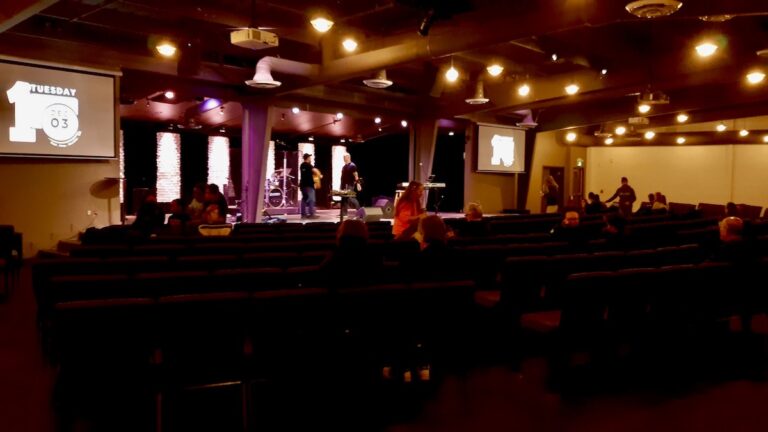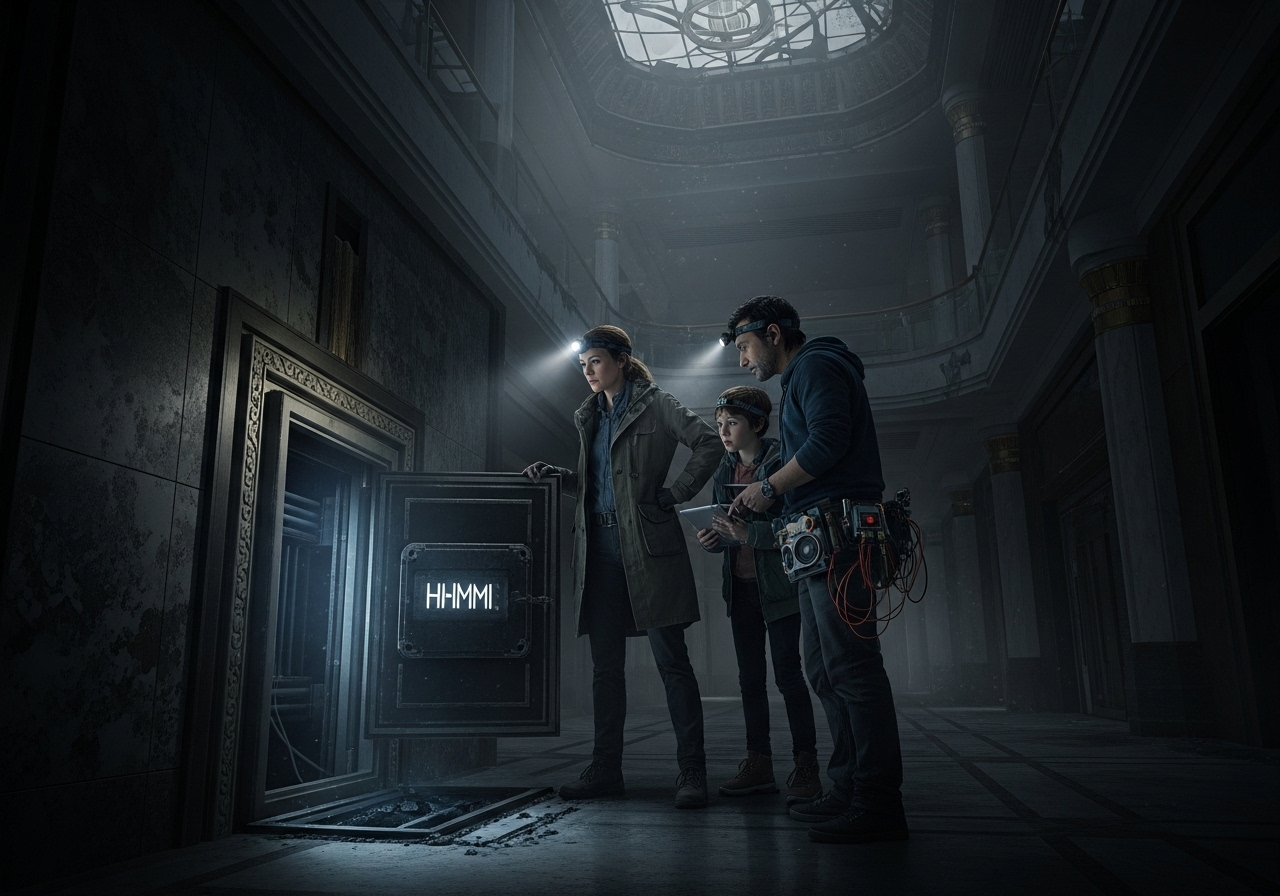
A new era of creative leadership emerges: ethical system design replaces supervision in the post-management creative economy.
Reimagining Creative Labor Management
For more than a century, management theory has obsessed over the same question: How do we get large groups of specialized humans to work together efficiently?
From Frederick Winslow Taylor’s stopwatch-era “scientific management” to today’s agile workflows, every framework in business and the arts has revolved around managing people—motivating them, aligning them, resolving conflicts, and measuring performance. That’s been the defining cost, complexity, and limitation of creative production.
But something radical is happening.
The rise of Sovereign Stacks—integrated, utility-based creative systems—has quietly broken this century-old assumption. The most efficient, ethical, and powerful unit of creative production is no longer the team. It’s the Augmented Individual.
We’re entering a post-management era: one defined not by supervision, but by Algorithmic Stewardship.
From Human Conflict to System Flow
In the traditional model, leadership meant managing human behavior. You studied motivation theory, conflict resolution, and organizational communication. The friction of collaboration was the defining management challenge.
Now, the friction lives elsewhere. The new creative economy is governed by logistics, not psychology.
Two frameworks dominate this shift:
The Theory of Constraints (TOC): Management no longer means evaluating people; it means removing bottlenecks in an automated production flow. If a bottleneck exists in story generation, you refine the prompt architecture. If distribution lags, you optimize the export script. The job isn’t to manage emotions—it’s to manage flow.
The Cynefin Framework (Applied): Decision-making moves from the complicated world of committees and experts to the simple world of rapid iteration. We trade the chaos of managing interpersonal dynamics for the discipline of refining automated systems.
The manager becomes a systems architect, focused entirely on cause and effect, efficiency and ethics.
The Collapse of the Management Function
Once specialized creative tasks—editing, coding, typesetting—are automated and priced as low-cost utilities, the purpose of management changes completely. The old functions of middle management, project oversight, and HR dissolve.
| Traditional Management Role | Algorithmic Equivalent | What Changes |
|---|---|---|
| Editor-in-Chief / Team Lead | Prompt Architect – directs the creative AI’s process and ethical tone. | No more middle management; oversight becomes system design. |
| HR / Conflict Resolution | Ethical Steward – designs guardrails to ensure output aligns with mission and values. | Focus shifts from people to systems integrity. |
| Project Manager | Constraint Manager – applies value stream mapping to remove production bottlenecks. | Work flows through optimization, not meetings. |
In this new world, efficiency isn’t achieved by managing people’s time—it’s achieved by designing better systems.
The Creative Leader as Chief Prompt Architect
The creative leader is no longer the “visionary” who relies on a team to execute their ideas.
They are the Chief Orchestrator—the person who translates mission, ethics, and aesthetic taste directly into the system’s architecture.
The modern creative act is no longer just art or leadership—it’s system governance.
Their performance is measured not by how well they inspire others, but by how well they design a machine that reflects their ethics, vision, and purpose.
A Transversal Creator—an augmented, autonomous individual—becomes the single point of accountability and the optimal unit of production. They are leaner, faster, more ethical, and infinitely scalable without bureaucracy or burnout.
A Blueprint for Post-Management Creativity
This is more than a shift in workflow—it’s a redefinition of leadership itself.
When the tools handle execution, the leader’s true work begins: designing ethical systems, orchestrating flow, and ensuring that every output serves a human purpose.
The Optimal Unit of One is not a rejection of collaboration. It’s collaboration reimagined—where harmony is built into the code, not negotiated in meetings.
We are witnessing the quiet replacement of management with stewardship.
And in that transformation, the creative economy may finally become what it was always meant to be: human at the core, but liberated from the weight of managing humans.






